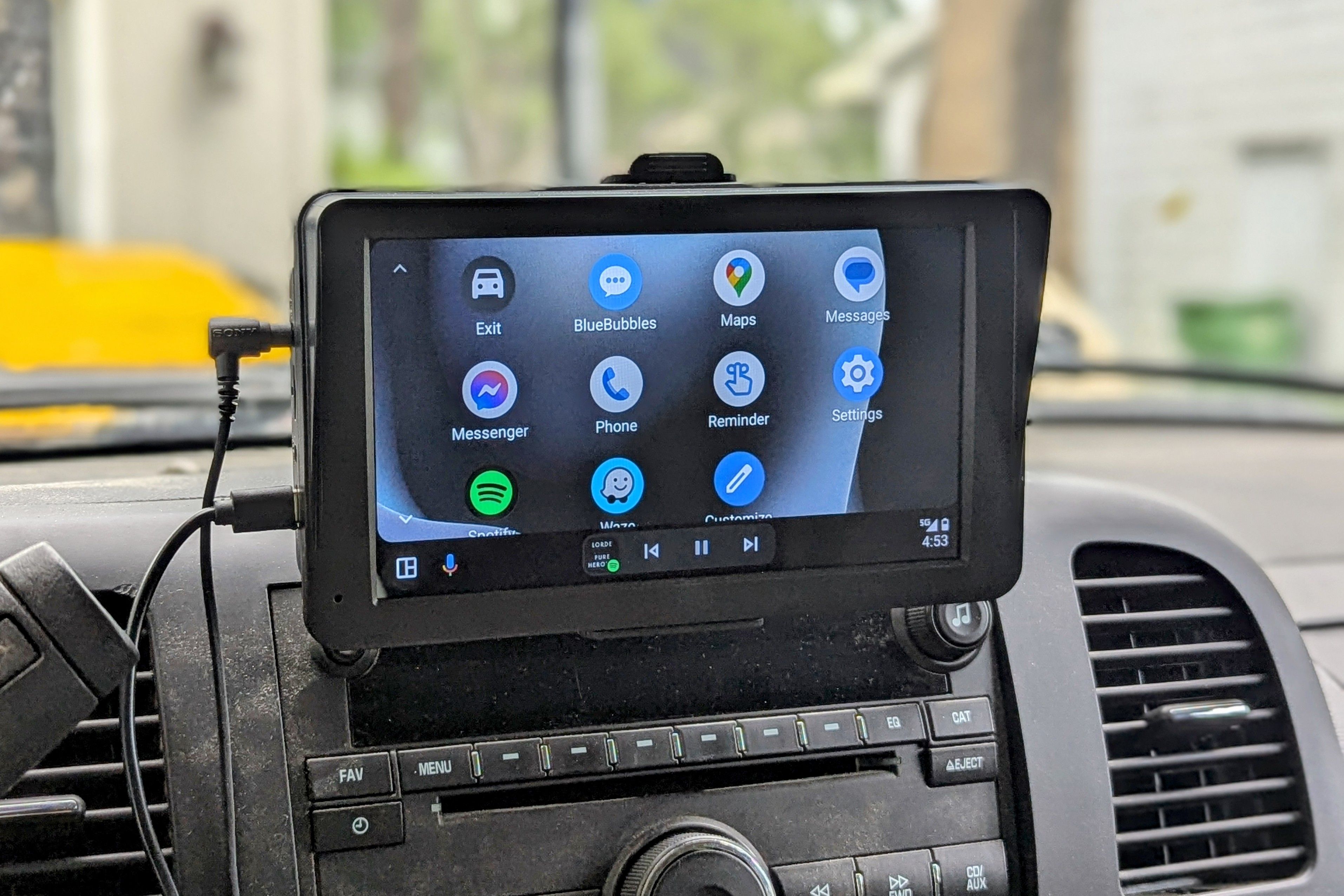As time goes by, older software needs to be deprecated. It’s a natural part of life. The most recent version of Android is Android 14, with Android 15 coming within the next weeks, which means old versions are only getting older. If you happen to still be using an Android 8.x phone, you won’t be able to use it with your car anymore.
Google has updated the system requirements for Android Auto, its popular in-car infotainment system. As of July 2024, users will need a smartphone running Android 9.0 (Pie) or higher to access Android Auto’s features. This marks another step in the gradual increase of minimum requirements, with Android 6.0 having lost its in-car support just two years ago.
While this change may seem sudden (and they also might be part of a wider trend of Google slowly but steadily deprecating older Android phones, as it has recently dropped support for some older Android phones on several of its apps as well), it’s not expected to significantly impact users. According to Google’s data, only a small percentage of active devices are still running Android 8.0 or lower. Chances are that if you have an Android 8.0 phone that doesn’t have a software update to a newer version available, it’s probably due for an upgrade anyway. Android 8.0 was released in 2017, a whopping seven years ago. And there’s a real chance that your phone might be older than this. Some Android phones running Android 8.0 today were released in 2015, nine years ago.
This update mainly affects those using wired connections to Android Auto. For wireless users, the requirements remain higher, needing Android 11.0 or later, or Android 10.0 on specific Google Pixel and Samsung Galaxy models. Despite these changes, the basic requirements for Android Auto remain relatively simple: a compatible car, a high-quality USB cable, and a smartphone with Android 9.0 or newer.
Source: Google Support via 9to5Google




